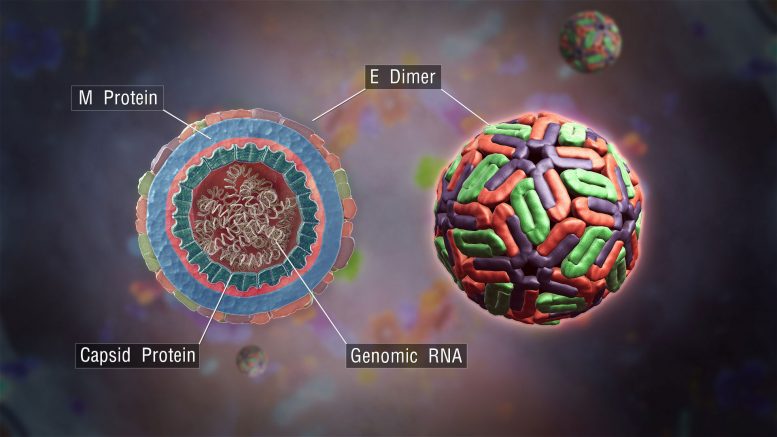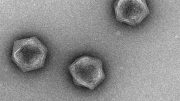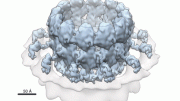An employee of Belozersky Research Institute of Physico-Chemical Biology (RI PCB), MSU together with a Russian colleague analyzed the ways of increasing the survivability of RNA-containing viruses as well as the mechanisms that help them get rid of adverse mutations. The study was published in Microbiology and Molecular Biology Reviews journal.
The work is an overview of the authors’ own studies, as well as publications on conservation and variability in the genomes of viruses that store their genetic material in the form of RNA molecules. The authors put together previously discrete facts and formulated general trends that explain the sustainability of genomes and at the same time their ability to quickly change and preserve beneficial mutations.
In the course of reproduction of RNA viruses, their genomes experience lots of mutations (errors that occur when strains of nucleotides are copied. This is explained by low precision in the activity of viral RNA polymerases, the enzymes that synthesize daughter molecules on the genome RNA matrix. Due to these inaccuracies the populations of these viruses have enormous genetic variety.
Some mutations can dramatically reduce the viability of viruses or even be deadly dangerous for them. However, even in this case the population usually preserves its main properties. This is due to the work of natural selection: the carriers of adverse features have a lower chance of survival, and therefore future generations are unlikely to inherit their properties. The stability of genomes is so high that the populations remain almost identical even if the viruses are grown for 30 years in different countries.
The coexistence of viruses with different genomes helps the population survive in rapidly changing conditions (for example, when a patient develops tolerance or starts taking antiviral medications). In this case the viruses that possess necessary properties as a result of genetic errors will live.
However, when viruses spread within a body or between bodies, they often face various obstacles that only a small number of viral particles can overcome. Occasionally they may be mutants with reduced survivability rate. Ironically, it may increase due to copying errors that, among others, may create favorable mutations.
Viruses have two ways of restoring their survivability: they can either “repair” a damaged element or change another functional site to compensate for the damage. Both scenarios lead to the restoration of the main biological properties or cause a new variety of viruses to emerge.
“Therefore, the “recovery” of viruses is based on inaccurate genetic copying. Moreover, it is an important factor that helps viruses adapt to adverse conditions, including protective mechanisms of the body and antiviral medications,” – concluded Vadum Agol, a co-author of the work and the head of the Department of Virus-Cell Interactions at RI PCB.
Reference: “Emergency Services of Viral RNAs: Repair and Remodeling” Vadim I. Agola and Anatoly P. Gmyl, 14 March 2018, Microbiology and Molecular Biology Reviews.
DOI: 10.1128/MMBR.00067-17










Be the first to comment on "Scientists Explain the Survivability of Viruses"